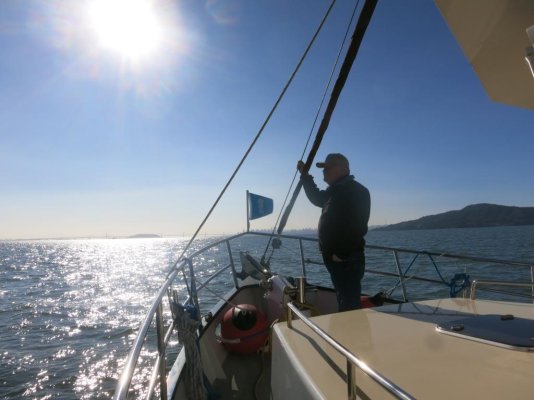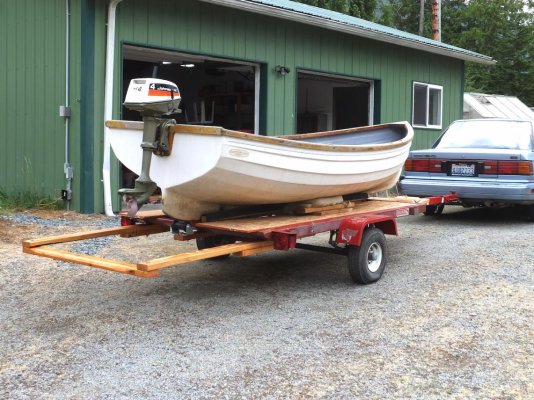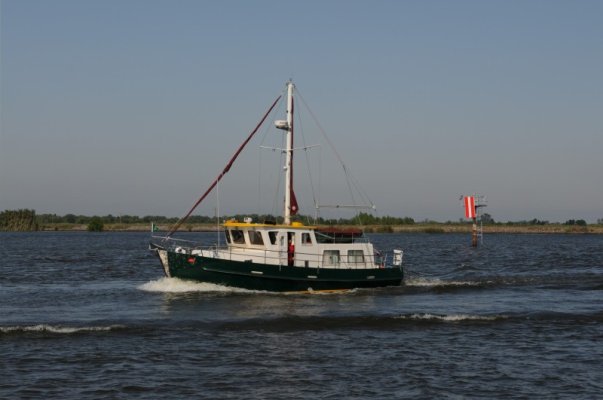BandB wants to go 50 KN ? I can't even begin to imagine it. In the olden days (my youth) a FAST ski boat did about 40 mph. Then came the Hydrodynes with twin tower of power mercs which did 50+ mph. That was fast then and it's fast now!
Give me my six to eight KN at 4 kpg all day long, thanks..
pete
Wifey B: I was once on a boat that would run up to 90 mph (78 knots). When it topped the 60 knot level it got a bit scary as control diminished.

On Lake Norman there's always been a battle between Nascar owners and drivers and others to have the fastest boat. There is a Youtube video of Rick Hendrick going 125 mph on his boat.

Display on video and GPS speed. No thanks. Our boat when we lived on Lake Norman was a 50 knot boat and we normally cruised from 25-40 but occasionally around 5 to 10. 50 knots in a small boat feels fast. Ours was 30'.

We have a 39' Contender CC that is for employee use, not ours, and it tops out at 57 knots. Now, I'll tell you in a center console that feels fast. Now they typically don't run over 40-45 knots which is still faster than our fastest boat.

Why do I like speed? 1-it's just fun. To get out on the water and go fast, just fun. 2-To get somewhere faster. 500 nm from our home to Myrtle Beach. At 7 knots and 8 hours a day you're talking 9 days. At 20 knots, you're talking just over 3 days. At 35 knots, you're talking 2 days. Now 45 knots doesn't really make much difference. About 1 1/2 days then.

Now, before the "but you miss everything", perhaps fast in one direction and slow in the other.
One place we like speed is if we decide we want to go spend time on the Chesapeake. Well, it's something like 850 nm to Annapolis, about 750 nm to Norfolk. If it takes us two full weeks of hard cruising to get there, that's a lot of time. If we can get there in 5 days then much more feasible when we only have 6 weeks carved out for it. Speed is very helpful when your cruising area you want to explore is distant.

Still not for everyone but when one is considering 7 knots vs. 15 it's worth the thought.


 On Lake Norman there's always been a battle between Nascar owners and drivers and others to have the fastest boat. There is a Youtube video of Rick Hendrick going 125 mph on his boat.
On Lake Norman there's always been a battle between Nascar owners and drivers and others to have the fastest boat. There is a Youtube video of Rick Hendrick going 125 mph on his boat.  Display on video and GPS speed. No thanks. Our boat when we lived on Lake Norman was a 50 knot boat and we normally cruised from 25-40 but occasionally around 5 to 10. 50 knots in a small boat feels fast. Ours was 30'.
Display on video and GPS speed. No thanks. Our boat when we lived on Lake Norman was a 50 knot boat and we normally cruised from 25-40 but occasionally around 5 to 10. 50 knots in a small boat feels fast. Ours was 30'. 

